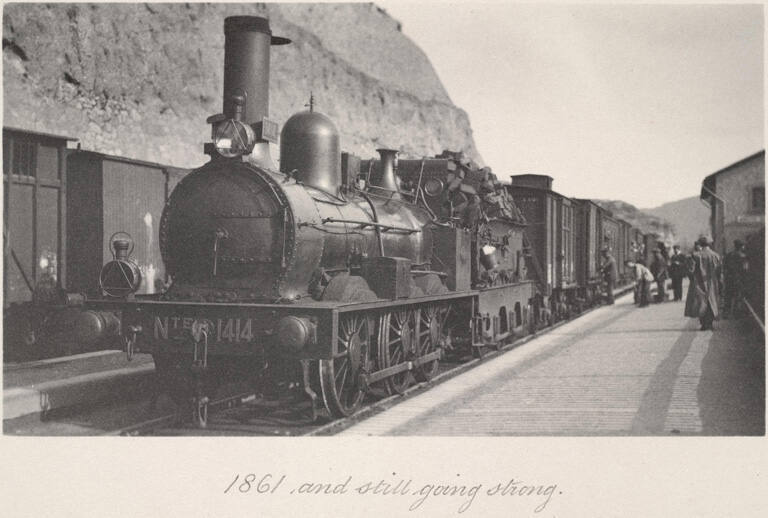William Henry Fox Talbot
(British, 1800–1877)
Lincoln’s Inn, New Hall Library, London

Object Details
Artist
William Henry Fox Talbot
Date
ca. 1846
Medium
Salted paper print
Dimensions
Image: 7 7/8 x 9 3/4 inches (20 x 24.8 cm)
Credit Line
Gift, by exchange, of Arthur Penn, Class of 1956, and Marilyn Penn; Christopher Elliman; David Elliman; and Andrea Branch
Object
Number
92.011.002
William Henry Fox Talbot is generally recognized as the English inventor of photography. Working at (…)
William Henry Fox Talbot is generally recognized as the English inventor of photography. Working at the same time as Louis-Jacques-Mande Daguerre – who announced his own findings in Paris in 1839 – Talbot originated the negative-positive process that enables multiple prints to be made from a single negative; this continues to be the basis for photography today. As early as 1834, Talbot experimented with fixing an image by chemical means, and he made photograms by treating paper with silver salts and exposing it to light. In 1835, he produced a negative image of a window in his home, Lacock Abbey, but did not make a positive print from the negative until 1839. Talbot shortened long exposure times dramatically by using the improved calotype process, which he patented in 1841. In 1844, Talbot published The Pencil of Nature, the first book to be illustrated with photographs, which were intended as examples of the various applications of the new medium. He later developed a photoengraving process, and in 1858 he began to make satisfactory halftone reproductions. Talbot came from a wealthy family, studied at Trinity College, Cambridge, and was especially interested in linguistics and the sciences, particularly mathematics, chemistry, crystallography, botany, and astronomy. In 1832 Talbot was elected a Fellow of the Royal Society, EnglandÕs most prestigious scientific body. (From “A Handbook of the Collection: Herbert F. Johnson Museum of Art,” 1998)












